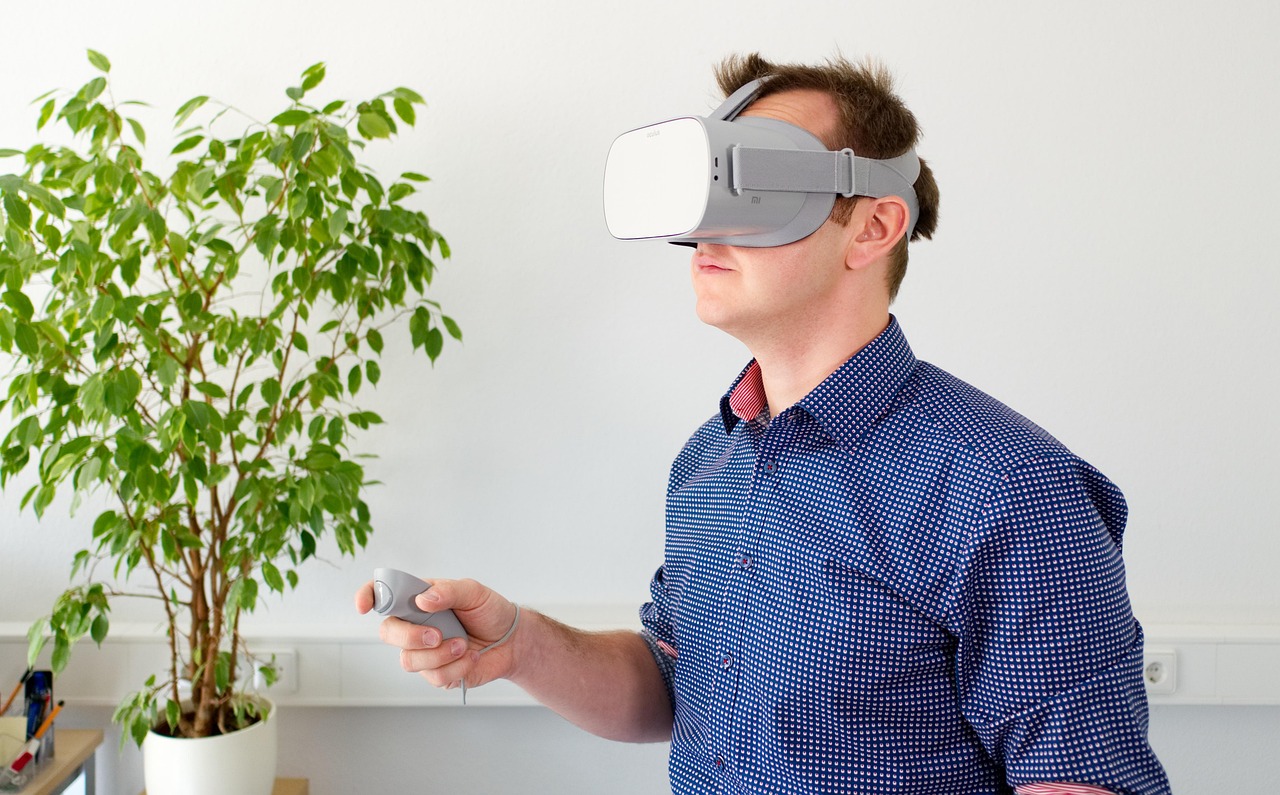Virtual Reality: Expanding the Boundaries of Art and Entertainment
Introduction: Virtual Reality (VR) technology is no longer a distant fantasy. It has arrived, and its impact on the arts and entertainment industry is substantial. This article delves into the fascinating world of VR and its profound effects on creative expression.

From Science Fiction to Reality: The Emergence of VR
In the 1950s, VR was a distant dream, a concept restricted to the fantastical realm of science fiction. The idea of transporting into a completely different world through a headset was unimaginable. But technological advancements over the years have turned that dream into reality. Today, VR is not only a significant part of modern gaming but has also permeated various aspects of the arts and entertainment industry.
The Contemporary VR Landscape
In recent times, VR technology has taken a leap from a novelty to a more integrated part of our daily lives. Its application has expanded beyond gaming to immersive theater, virtual art exhibitions, and even VR movies. For instance, the VR film “Spheres,” directed by Eliza McNitt, made history in 2018 by being the first VR film to be sold at the Sundance Film Festival.
Impact and Significance: VR in Arts and Entertainment
VR’s impact on arts and entertainment is manifold. It offers an immersive experience that traditional methods cannot match. In theatre, VR can transport audiences into the story’s setting, making them active participants rather than passive observers. Similarly, in the visual arts, VR allows artists to create and viewers to experience artworks in three dimensions, breaking the confines of a two-dimensional canvas.
Reception and Future of VR
The reception of VR has been mixed. While some embrace it as a groundbreaking technology that enhances artistic expression, others see it as a gimmick that detracts from the essence of art. Regardless of the differing viewpoints, it is undeniable that VR will continue to play a significant role in the future of art and entertainment. As technology advances, we can expect more innovative uses of VR that push the boundaries of creative expression.
VR: The New Horizon of Creative Expression
In conclusion, VR is revolutionizing the arts and entertainment industry by offering immersive experiences that were unimaginable a few decades ago. It is a tool that expands the limits of artistic expression, transforming how we create and consume art. The future of VR in arts and entertainment is bright, filled with endless possibilities and potential.
While the world of VR is still in its infancy, its impact on the arts and entertainment industry is significant. It has opened up new avenues for creative expression, allowing artists to push boundaries and audiences to engage with art in a whole new way. It’s a brave new world, and we’re just beginning to explore its potential.




